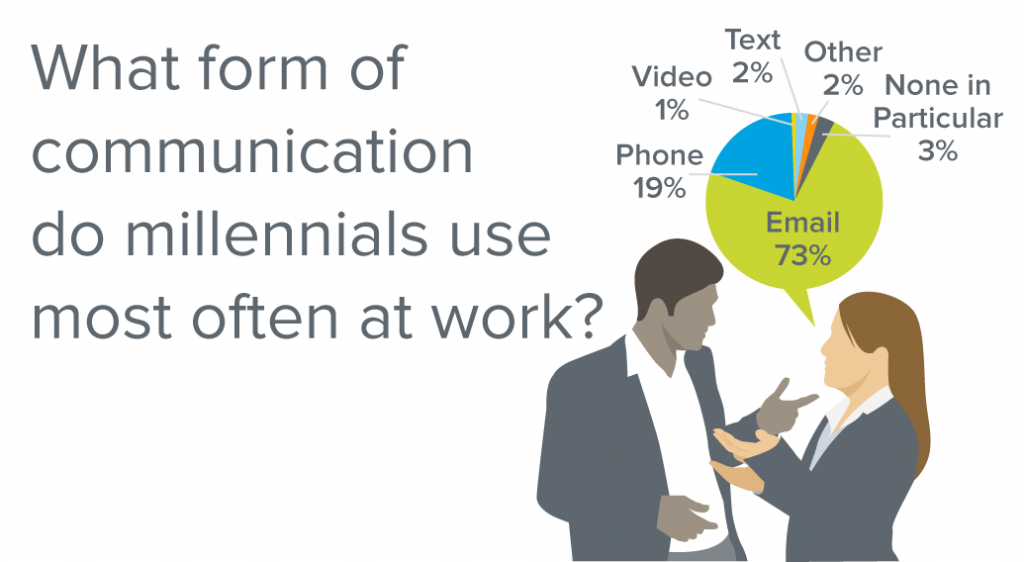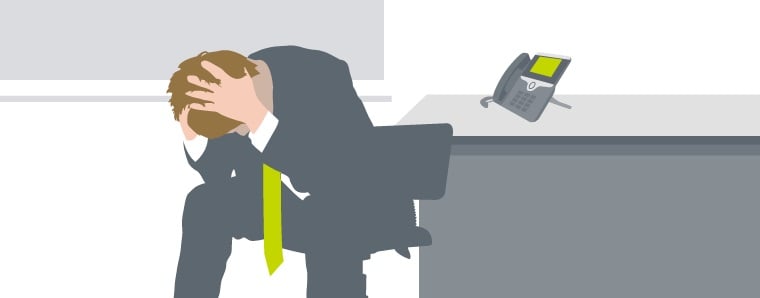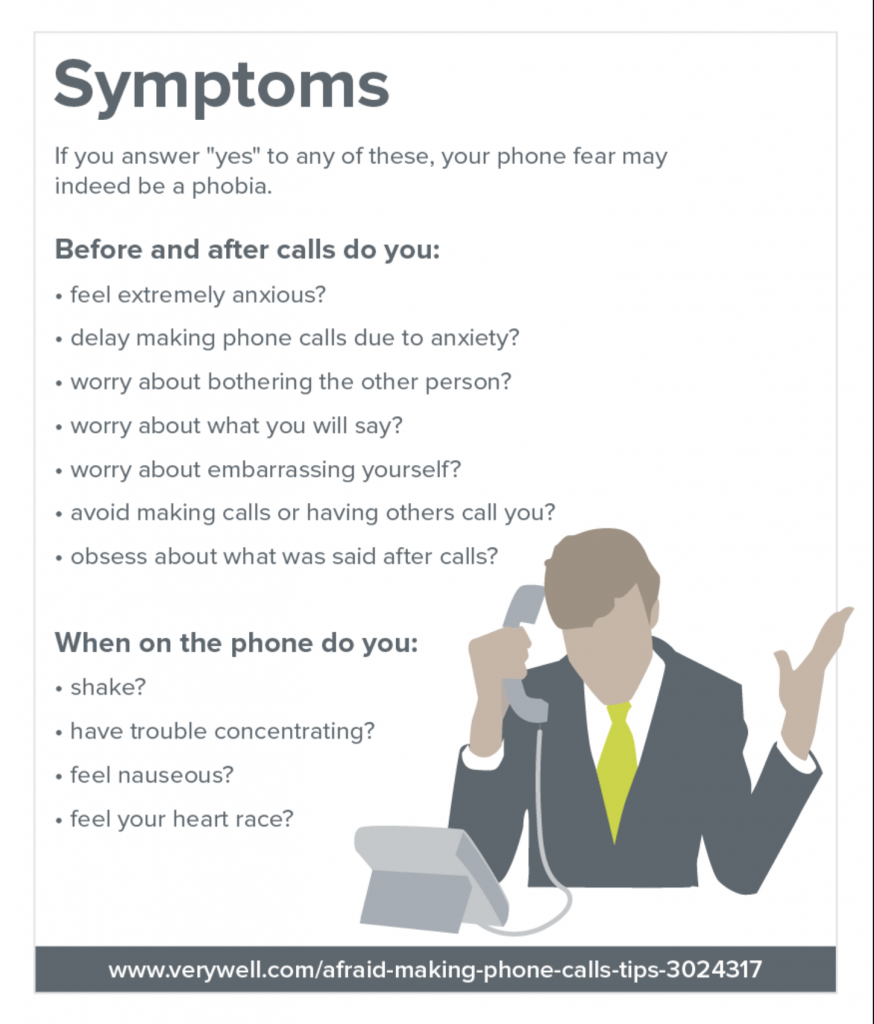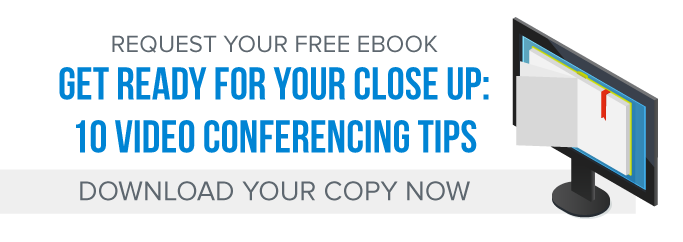In a high-tech world, among a tech-savvy generation, millennials aren’t the tech gurus you think they are—at least not in the workplace. After surveying 2,000 millennials about their use of technology in the office, Jive Communications found that 73% millennials primarily use email to communicate at work.
Yes, email. Don’t get me wrong, email is an extremely useful form of communication. But You’ve Got Mail was released in 1998. We’re the generation that grew up with smartphones, tablets, and widespread Wi-Fi, and we’re still primarily using a communication channel that came out in the nineties.
This statistic published by Jive Communication illustrates a potential weakness with millennial workers. Millennials need to rely less on email communication and diversify workplace communication. By getting over their phone anxiety and camera shyness, they can benefit from other communications channels like phone calls and video conferencing.
The Popularity of Email with Millennial Employees
Why are millennials primarily using email in the workplace? Jive Communications didn’t ask millennials why, but there are some interesting answers to consider.
In an article by The Guardian, Buchanan argues that there’s a new phone etiquette emerging. Millennials see phone calls as extremely intrusive, so in fear of disrupting someone, they opt for another channel of communication.
We’re also talking about “the anxious generation.” When you stack up different channels of work communication, phone calls and video conferencing are inherently the most anxiety inducing. There is extreme time pressure with phone and video, whereas with texts, chats, and email you can carefully and deliberately craft your message and image.
Millennial Phone Anxiety
While 73% of millennials primarily use emails to communicate at work, only 19% of millennials primarily use phone calls. You would expect the numbers to be more evenly split between email and phone usage, but it’s not.
Reading through the symptoms for phone anxiety, you may realize that it’s
- More common than you believed
- You may have a form of phone anxiety yourself
Why Millennials Need to Overcome Phone Anxiety
Social anxiety becomes an issue when it prevents you from living your life and/or excelling at your job. Perhaps you’re a millennial in denial because you’re using “coping mechanisms.” According to Dr. Snow, “coping mechanisms and compensatory strategies like texting . . . may obscure phobia in a way that’s not as available to older generations.”
But are your “coping mechanisms” with phone anxiety in the workplace really successful? Instead of what makes you comfortable, you should use forms of communication that are effective and appropriate in the workplace.
Because there are times that you should call and not email. Phone calls are more personal. They’re quicker. They’re collaborative. And there’s less room for miscommunication. Not to mention that co-workers, clients, and bosses especially appreciate the warmth and human connection of a phone call.
So your reluctance to communicate outside email may be holding back your work performance.
Why You’re Anxious
Interviewing psychologists from around the country, Cari Romm in “Psychologists Explain Your Phone Anxiety (and How to Get Over It)” finds that there are four main reasons that people have this social anxiety:
- You don’t know what the other person is thinking
- You’re under time pressure
- You feel like you’re being judged
- You just don’t do it all that often
These first three items could apply to any generation. What makes millennials different from previous generations is the fourth item—practice. When you can make appointments, order dinner, buy tickets, etc. online without dialing a number, why bother with the more anxiety inducing form of communication?
Overcoming Phone Anxiety
Do you want to improve communication in your personal and professional life? Luckily there are straightforward methods to help you manage your phone anxiety. There’s an excellent VeryWell article by Arlin Cuncic, and reviewed by Steven Grans, MD, outlining different techniques to cope with phone anxiety:
- Exposure therapy
- Cognitive Restructuring
HeadSpace also recommends integrating cognitive restructuring and exposure therapy with breathing exercises and mindfulness.
These techniques will help, but remember that the goal with any social anxiety disorder is “to reach a point where you can still function normally” (Jessica Sillers, “Why Do Phone Calls Give us Anxiety”). This means that you’ll still experience anxiety sometimes when you pick up the phone. The real measure of success is whether you actually make the call or listen to the answering machine despite that anxiety.
Millennial Camera Shyness
Another surprising result from Jive’s survey is that only 1% of millennials primarily use video in the workplace.
This is surprising because video is the thing. Facebook, YouTube, and Google are jockeying for a position to lead an internet increasingly made up of video content. And B2B communication companies see video as the next frontier. For example, as a solution for an increasingly mobile and remote workforce, UCaaS companies are heavily investing in video communication technology. Video communication seems like the solution for businesses.
Why You’re Anxious
So while companies are furiously developing and pushing video technology, millennials (their targeted audience) aren’t using it as often as they hoped. Why? There’s a distinct difference between comfortably watching a video and comfortably starring in one. In fact, much of the hesitation in using video technology stems from the similar issues millennials have with phone communication: it’s a high stakes form of communication, which gives them anxiety.
It’s no surprise that a survey by Unified Communications Services found that 86% of 230 full-time employees have “nerves” (i.e., anxiety). Women particularly experience heightened anxiety because of the visual aspect of it. I can relate. Personally, the reason I hate using video is that I’m painfully aware of how I look. (Not to mention that faces and bodies get distorted on video communication—or at least I tell myself that.) That’s compounded by the pressure to look the part at work.
Overcoming Camera Shyness
42% of the 230 full-time employees surveyed by Unified Communication Services were reluctant to use video communication at work because they found the technology unreliable. We can work on the technology issue, but addressing millennial anxiety requires a different strategy.
Camera shyness is a social anxiety, which means that millennials should apply techniques like exposure therapy, cognitive restructuring, mindfulness, and practice. Yet millennials can’t take this on by themselves.
Companies should also take responsibility to help their millennial employees to become more effective communicators. They can proactively create thoughtful training in using office technology, and they can set a clear expectation of how they expect employees to communicate.
Diversifying Millennial Workplace Communication
Again, there’s nothing wrong with email. (Also, for the record, You’ve Got Mail is one of the better romcoms to be released in the past 25 years). The issue is that millennials are using too much email. Each channel of communication has an ideal time and place, and if millennials ignore the best communication options because they suffer from phone and video anxiety, it’ll cripple workplace communication.
Millennials need to strategically find the right channel. They need to ask themselves, “Do I email, chat, video, or phone this information?” They need to work on social anxiety by employing techniques like exposure therapy, practice, mindfulness, repetitive practice, and understanding workplace communication etiquette.
If we can get over our phone anxiety and video shyness, millennials have the potential to be incredible employees. So let’s live up the hype of being the most tech-savvy generation the workplace has ever seen.


